
PhD defense
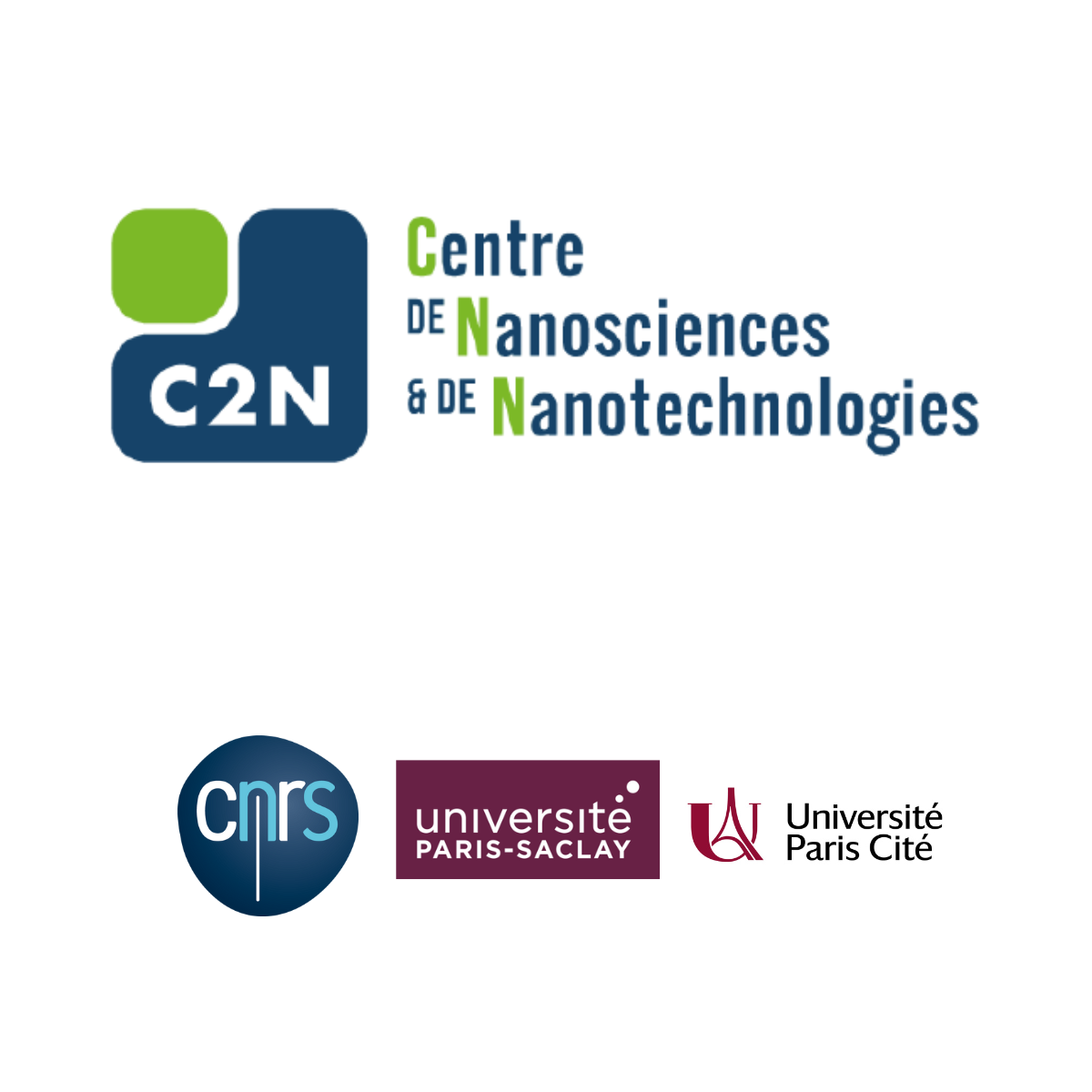
”SiGe photonic integrated circuits for mid-infrared sensing applications”
Institut Photovoltaïque d’Île-de-France (IPVF), Amphithéâtre, PalaiseauPhD defense
Jury members:
Delphine MARRIS-MORINI, Professeur, Université Paris-Sud, Directeur de thèse
Gunther ROELKENS, Professeur, Ghent University, Rapporteur
Roland TEISSIER, Directeur de Recherche, Institut d'Electronique et des Systèmes, Rapporteur
Maria TCHERNYCHEVA, Directeur de Recherche, CNRS, Examinateur
Sergio NICOLETTI, Ingénieur, CEA Leti, Examinateur
Joan Manel RAMIREZ, Ingénieur, III-V Lab, Examinateur
Abstract :
Mid-infrared (mid-IR) spectroscopy is a nearly universal way to identify chemical and biological substances, as most of the molecules have their vibrational and rotational resonances in the mid-IR wavelength range. Commercially available mid-IR systems are based on bulky and expensive equipment, while lots of efforts are now devoted to the reduction of their size down to chip-scale dimensions. The use of silicon photonics for the demonstration of mid-IR photonic circuits will benefit from reliable and high-volume fabrication to offer high performance, low cost, compact, lightweight and power consumption photonic circuits, which is particularly interesting for mid-IR spectroscopic sensing systems that need to be portable and low cost. Among the different materials available in silicon photonics, Germanium (Ge) and Silicon-Germanium (SiGe) alloys with a high Ge concentration are particularly interesting because of the wide transparency window of Ge up to 15 µm.
In this context, the objective of this thesis is to investigate a new Ge-rich graded SiGe platform for mid-IR photonic circuits. Such new plateform was expected to benefit from a wide transparency wavelength range and a high versatility in terms of optical engineering (effective index, dispersion, …).
During this thesis, different waveguides platforms based on different graded profiles have been investigated. First it has been shown that waveguides with low optical losses of less than 3 dB/cm can be obtained in a wide wavelength range, from 5.5 to 8.5 µm. A proof of concept of sensing based on the absorption of the evanescent component of the optical mode has then been demonstrated. Finally, elementary building blocs have been investigated. The first Bragg mirror-based Fabry Perot cavities and racetrack resonators have been demonstrated around 8 µm wavelength. A broadband dual-polarization MIR integrated spatial heterodyne Fourier-Transform spectrometer has also been obtained. All these results rely on material and device design, clean-room fabrication and experimental characterization. This work was done in the Framework of EU project INsPIRE in collaboration with Pr. Giovanni Isella from Politecnico Di Milano.
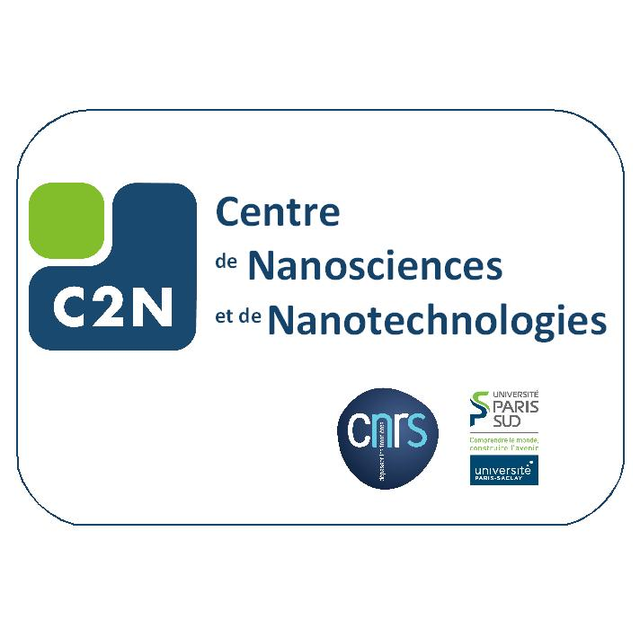
(in french)
Institut Photovoltaïque d’Île-de-France (IPVF), Salle Amphithéâtre Edmond Becquerel, PalaiseauPhD defense

(in french)
Institut Photovoltaïque d’Île-de-France (IPVF), Amphithéâtre, PalaiseauPhD defense

“ Dynamic control of magnetization for spintronic applications studied by magneto-optical method ”
Charles University Faculty of Mathematics and Physics, Salle Room M3 (Door no. M225), PraguePhD defense
Jury members :
Philippe LECOEUR, PR1, Université Paris-Sud, Directeur de thèse
Gervasi HERRANZ, Chercheur, Institute of Materials Science of Barcelona ICMAB-CSIC, Rapporteur
André THIAVILLE, Directeur de Recherche, Université Paris-Sud, Examinateur
Dominik LEGUT, Chercheur, VSB Technical University of Ostrava, Rapporteur
Jan FRANC, Professeur, Charles University, Examinateur
Martin VEIS, Chercheur, Charles University, Directeur de thèse
Abstract :
Two important mechanisms in preparation of ultrathin films of magnetic oxides were systematically investigated in this work. First, influence of epitaxial strain on resulting magneto-optical properties of La2/3Sr1/3MnO3 (LSMO) ultrathin films was studied. The investigated films were grown by pulsed laser deposition on four different substrates, providing a broad range of induced epitaxial strains. Magnetic properties were found to deteriorate with increasing value of the epitaxial strain, as expected due to the unit cell distortion increasingly deviating from the bulk and effect of the magnetically inert layer. A combination of spectroscopic ellipsometry and magneto-optical Kerr effect spectroscopy was used to determine spectra of the diagonal and off-diagonal elements of permittivity tensor. The off-diagonal elements confirmed presence of two previously reported electronic transitions in spectra of all films. Moreover, they revealed another electronic transition around 4.3 eV only in spectra of films grown under compressive strain. We proposed classification of this transition as crystal field paramagnetic Mn t2g → eg transition, which was further supported by ab initio calculations. A key role of strain in controlling electronic structure of ultrathin perovskite films was demonstrated. Dynamic application of strain via use of piezoelectric underlayer remained inconclusive, requiring further improvement of the strain transfer from the piezoelectric layer into the LSMO. Second, influence of substrate miscut on magnetization dynamics in SrRuO3 (SRO) was studied. As expected we found that high miscut angle leads to suppression of multi-variant growth. By means of magnetic force microscopy we showed that presence of multiple SRO variants leads to higher density of defects acting as pinning or nucleation sites for the magnetic domains, which consequently results in deterioration of magnetic properties. We demonstrated that use of vicinal substrate with high miscut angle is important for fabrication of high quality SRO ultrathin films with low density of crystallographic defects and excellent magnetic properties.
Mots clés en anglais :
magneto-optical Kerr effect,pulsed laser deposition,epitaxial strain,permittivity tensor,perovskite oxides

(in french)
Université Grenoble Alpes 700, Salle de séminaire 2, Saint Martin d'HèresPhD defense
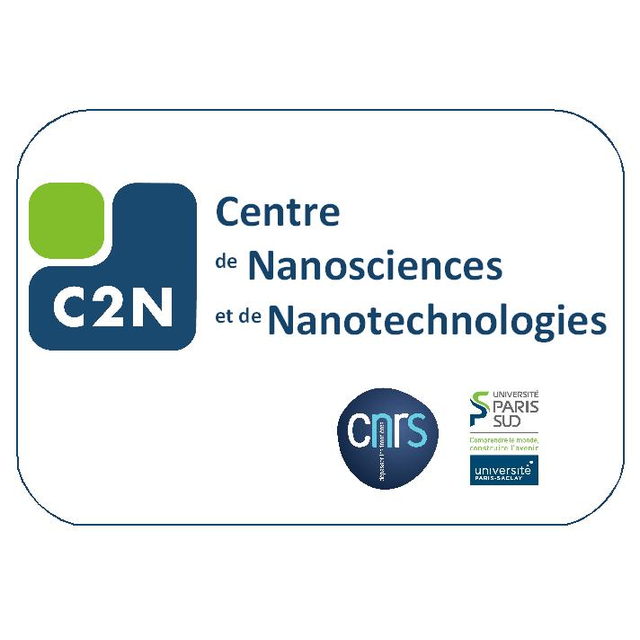
(in french)
L'Institut des Sciences des Plantes, Amphithéatre, Gif sur YvettePhD defense
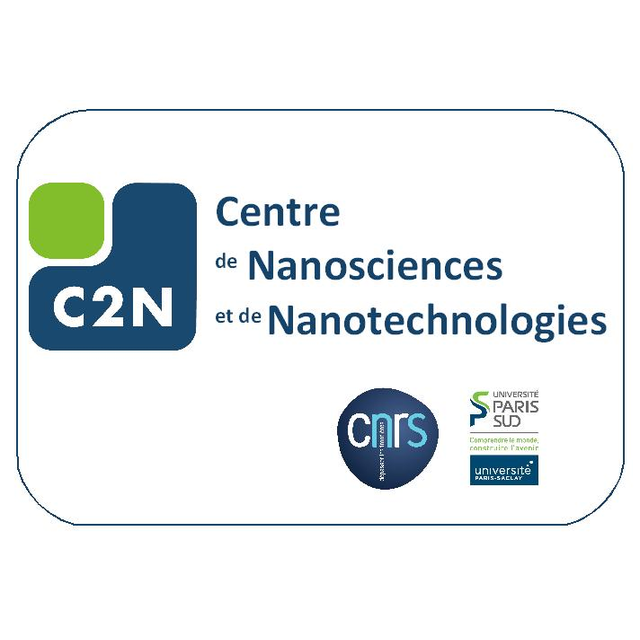
(in french)
CEA NanoInnov, Amphithéatre 33, PalaiseauPhD defense

Surface nanostructuring for high-resolution surface plasmon resonance imaging
Faculté de Génie -Université de Sherbrooke, Université de Sherbrooke, QuébecPhD defense
Jury members :
Michael CANVA, DR1, Institut d'optique Graduate School, Directeur de thèse
Marie FRéNEA-ROBIN, Maître de Conférences, Université Claude Bernand Lyon 1, Rapporteur
Jean-François MASSON, Professeur, Université de Montréal,Rapporteur
Paul CHARETTE, Professeur, Université de Sherbrooke, Directeur de thèse
Michel GRANDBOIS, Professeur, Université de Sherbrooke, CoDirecteur de thèse
Stéphane COLLIN, Chargé de Recherche, Centre de Nanosciences et de Nanotechnologies, CoDirecteur de thèse
Philippe GOGOL, Enseignant-Chercheur,Centre de Nanosciences et de Nanotechnologies, Examinateur
Serge CHARLEBOIS, Professeur, Université de Sherbrooke, Examinateur
Abstract :In pharmacological research, living cells are widely used as the sensing medium for biological studies, such as cell apoptosis and cellular reorganization. Different characterization systems are developed to analyze and quantify biological information. Surface plasmon resonance (SPR) imaging is sensitive to minute refractive index variations occurring in a medium at the proximity of a metal layer. It has found many applications in pharmacological research since it allows the real-time image acquisition and does not require biological labeling like for fluorescence. However, the propagative nature of surface plasmons (PSPs) limits the spatial resolution by spreading the information in the direction of propagation of the PSPs. This means that it is difficult to spatially resolve details smaller than the attenuation length of the PSPs, generally of the order of tens of micrometers. Several research groups have worked on this limitation in order to improve the spatial resolution in SPR imaging. However, although spatial resolutions lower than that of the propagation have been obtained, those techniques require compromises, such as loss in temporal resolution or in refractive index. In this thesis project, plasmonic devices were designed and characterized in order to improve spatial resolution in SPR imaging, while minimizing compromises with other imaging parameters. These SPR chips are composed of nanostructured metal surfaces where the guided mode combines the properties of propagative plasmons and localized plasmons. An in-house numerical modeling software has demonstrated how the geometry of nanostructured surfaces can be optimized to reduce the attenuation length of the plasmonic mode, while maintaining a high imaging contrast. An optimum geometry was identified, and micron-sized structures have been observed using the optimized nanostructured SPR chips. Experimental results showed a reduction in propagation by a factor of 6.3 compared to uniform metal surfaces. The imaging performances of nanostructured SPR chips were assessed by studying cellular responses following pharmacological stimulation. The chips were used in real-time monitoring of integrity changes in confluent endothelial cell layer following stimulation. Quantification of intercellular gaps in the monolayers showed a significant increase in the number of small holes detected (~ 1μm2) when using nanostructured SPR chips. This increase in sensitivity to cellular activity is the result of improved spatial resolution. Finally, the study of morphology in highly linear cytoskeleton cell enabled the observation of subcellular structures and the monitoring of cytoskeleton reorganization in individual cells. The nanostructured SPR chips designed and realized during this thesis show a strong potential label-free live cell imaging.
Mots clés en anglais :
Biophotonics,Label-free biodetection applications,Live cell imaging,Surface plasmon resonance,Surface nanostructuring,Spatial resolution
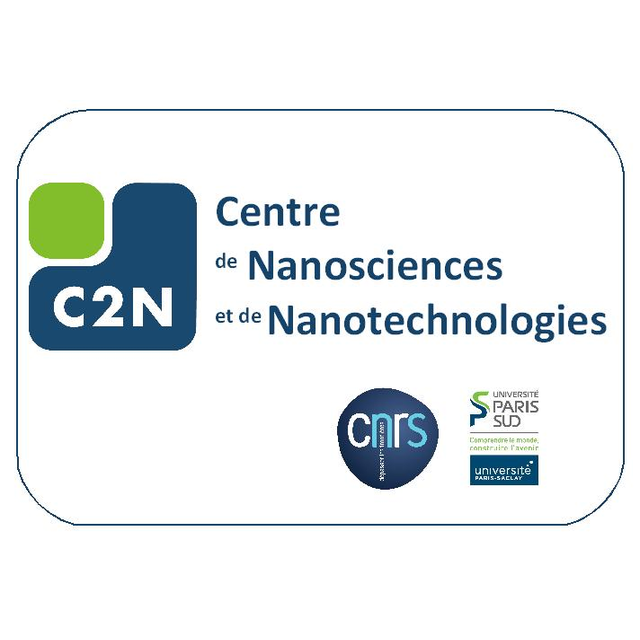
Domain wall propagation combining spin-polarized current and all-optical switching
Beihang University- BUAA, Salle 308, PékinPhD defense
Jury composé de :
Dafiné RAVELOSONA, Directeur de Recherche,Université Paris-Sud, Directeur de thèse
Gilles GAUDIN, Directeur de Recherche,Spintec, Rapporteur
Jianhua ZHAO, Professeur, Institut des semiconducteurs, Académie chinoise des sciences, Rapporteur
Weisheng ZHAO, Professeur,Université Beihang,Directeur de thèse
Stéphane MANGIN, Professeur, Université de Lorraine, CoDirecteur de thèse
Nicolas VERNIER, Maître de Conférences, Université Paris-Sud, Examinateur
Zheng ZHENG, Professeur, Université Beihang, Examinateur
Since the first observation of ultrafast demagnetization in Ni films arising from a pulsed laser excitation, there has been a strong interest in understanding the interaction between ultrashort laser pulses and magnetization. These studies have led to the discovery of all-optical switching (AOS) of magnetization in a ferrimagnetic film alloy of GdFeCo using femtosecond laser pulses. All-optical switching enables an energy-efficient magnetization reversal of the magnetic material with no external magnetic field, where the direction of the resulting magnetization is given by the right or left circular polarization of the light.
The manipulation of magnetization through laser beam has long been restricted to one material, though it turned out to be a more general phenomenon for a variety of ferromagnetic materials, including alloys, multilayers and heterostructures, as well as rare earth free synthetic ferrimagnetic heterostructures. Recently, we have observed the same phenomenon in single ferromagnetic films, thus paving the way for an integration of all-optical writing in spintronic devices.
Moreover, in similar materials, like [Co/Pt] or [Co/Ni] with high spin polarization and tunable perpendicular magnetic anisotropy (PMA), efficient current-induced domain wall (DW) motion can be observed in magnetic wires, where spin-orbit torque (SOT) or spin transfer torque (STT) provides a powerful means of manipulating domain walls, which is of great interest for several spintronic applications, such as high-density racetrack memory and magnetic domain wall logic. However, the current density required for domain wall motion is still too high to realize low power devices.
This is within this very innovative context that my Ph.D. research has focused on domain wall manipulation in magnetic wires made out of thin film with strong perpendicular magnetic anisotropy combining both spin-polarized current and all-optical switching. Different material structures have been explored, in order to investigate the combined effects of helicity-dependent optical effect and spin-orbit torque or spin transfer torque on domain wall motion in magnetic wires based on these structures. We show that domain wall can remain pinned under one laser circular helicity while depinned by the opposite circular helicity, and the threshold current density can be greatly reduced by using femtosecond laser pulses. Our findings provide novel insights towards the development of low power spintronic-photonic devices.
Mots clés en français :parois de domaines,courant polarisé,laser femtoseconde,mémoire racetrack,spintronique,fils multicouches magnétiquesMots clés en anglais : domain wall,spin-polarized current,femtosecond laser,racetrack memory,spintronics,magnetic multilayered wires

Study of optical and optoelectronic devices based on carbon nanotubes
Institut Photovoltaïque d'Île-de-France (IPVF), Amphithéatre, PalaiseauPhD defense
Composition du jury:
M. Laurent VIVIEN, C2N (CNRS / Université Paris-Sud), Directeur de thèse
M. Yannick DUMEIGE, Université Rennes 1, Rapporteur
M. Olivier GAUTHIER-LAFAYE, LAAS-CNRS, Rapporteur
Mme Arianna FILORAMO, CEA Saclay, Université Paris-Saclay, Examinateur
Mme María Pilar BERNAL ARTAJONA, CNRS, FEMTO-ST, Examinateur
M. Jean Sébastien LAURET, Laboratoire Aimé Cotton (CNRS), Examinateur
M. Carlos ALONSO RAMOS, C2N (CNRS / Université Paris-Sud), Invité
M. Xavier LE ROUX, C2N (CNRS / Université Paris-Sud), Invité
Abstract:
Silicon photonics is widely recognized as an enabling technology for next generation optical interconnects. Nevertheless, silicon photonics has to address some important challenges. Si cannot provide efficient light emission or detection in telecommunication wavelength range (1.3μm-1.5μm). Thus sources and detectors are implemented with Ge and III-V compounds. This multi-material approach complicates device fabrication, offsetting the low-cost of Si photonics. Nanomaterials are a promising alternative route for the implementation of faster, cheaper, and smaller transceivers for datacom applications.
This thesis is dedicated to the development of active silicon photonics devices based on single wall carbon nanotubes (SWCNTs). The main goal is to implement the basic building blocks that will pave the route towards a new Si photonics technology where all active devices are implemented with the same technological process based on a low-cost carbon-based material, i.e. SWCNT.
Indeed, carbon nanotubes are an interesting solution for nanoelectronics, where they provide high-performance transistors. Semiconducting SWCNT exhibit a direct bandgap that can be tuned all along the near infrared wavelength range just by choosing the right tube diameter. s-SWCNTs provide room-temperature photo- and electro- luminescence and have been demonstrated to yield intrinsic gain, making them an appealing material for the implementation of sources. SWCNTs also present various absorption bands, allowing the realization of photodetectors.
The first objective of this thesis was the optimization of the purity of s-SWCNT solutions. A polymer-sorting technique has been developed and optimized, yielding high-purity s-SWCNT solutions. Based on this technique, several solutions have been obtained yielding emission between 1µm and 1.6µm wavelengths.
The second objective was the demonstration of efficient interaction of s-SWCNT with silicon photonics structures. Different geometries have been theoretically and experimentally studied, aiming at maximizing the interaction of s-SWCNT with optical modes, exploiting the electric field component transversal to light propagation. An alternative approach to maximize the interaction of s-SWCNT and the longitudinal electric field component of waveguide modes was proposed. Both, a power emission threshold and a linewidth narrowing were observed in several micro disk resonators. These results are a very promising first step to go towards the demonstration of an integrated laser based on CNTs.
The third objective was to study optoelectronic SWCNT devices. More specifically, on-chip light emitting diode (LED) and photodetector have been developed, allowing the demonstration of the first optoelectronic link based on s-SWCNT. s-SWCNT-based LED and photodetector were integrated onto a silicon nitride waveguide connecting them and forming an optical link. First photodetectors exhibited a responsivity of 0.1 mA/W, while the complete link yielded photocurrents of 1 nA/V.
The last objective of the thesis was to explore the nonlinear properties of s-SWCNT integrated on silicon nitride waveguides. Here, it has been experimentally shown, for the first time, that by choosing the proper s-SWCNT chirality, the sign of the nonlinear Kerr coefficient of hybrid waveguide can be positive or negative. This unique tuning capability opens a new degree of freedom to control nonlinear effects on chip, enabling to compensate or enhancing nonlinear effects for different applications.